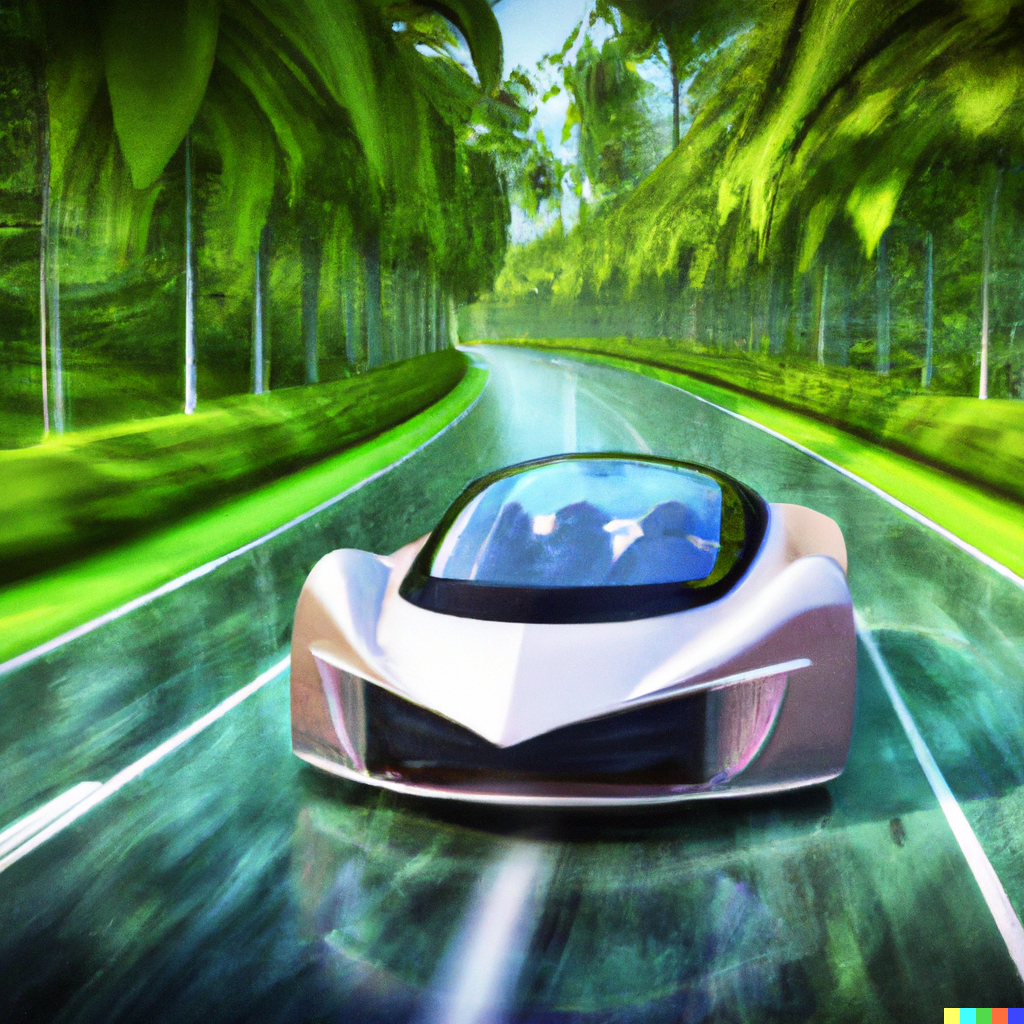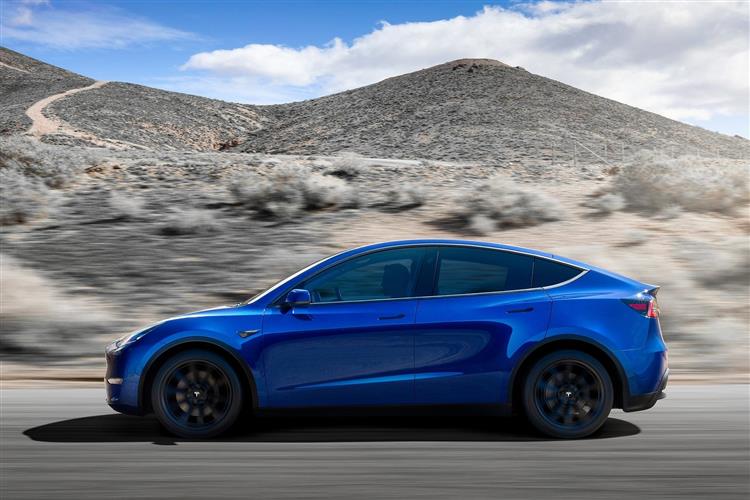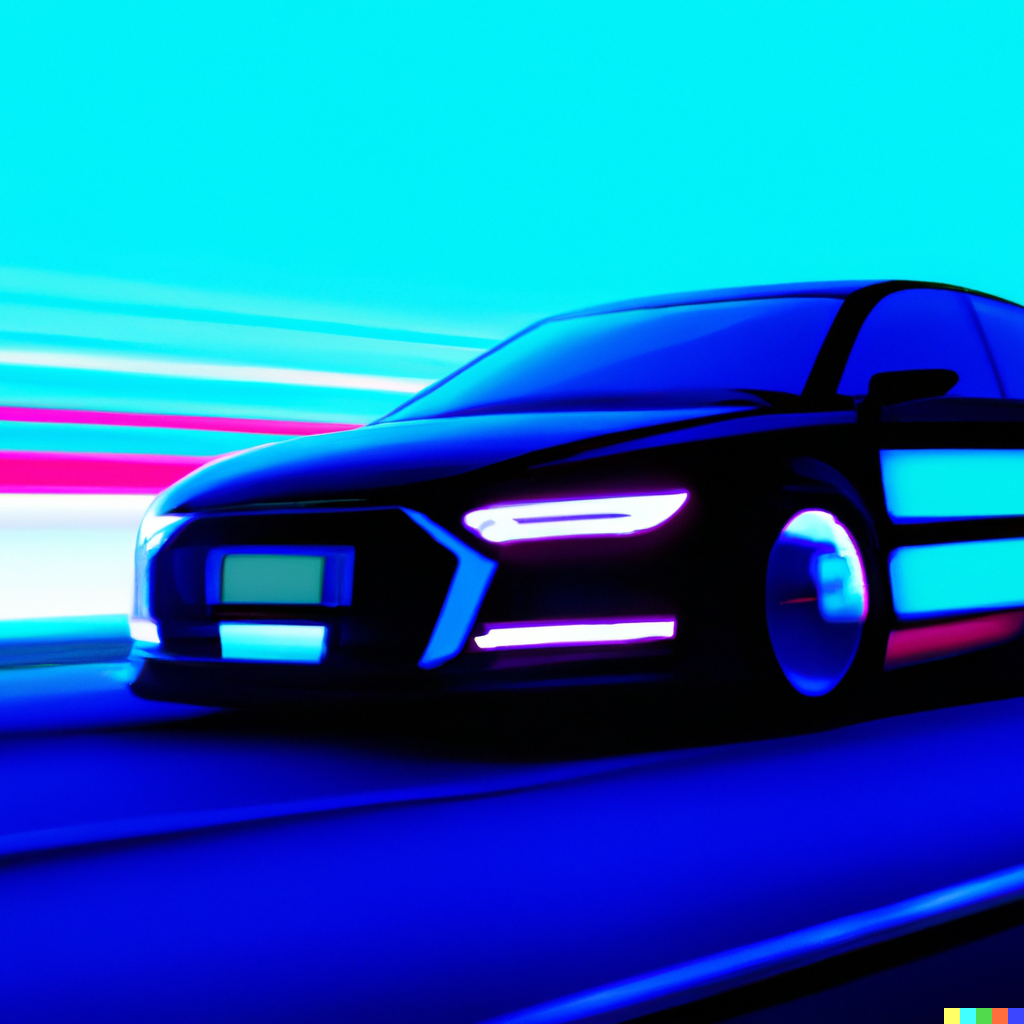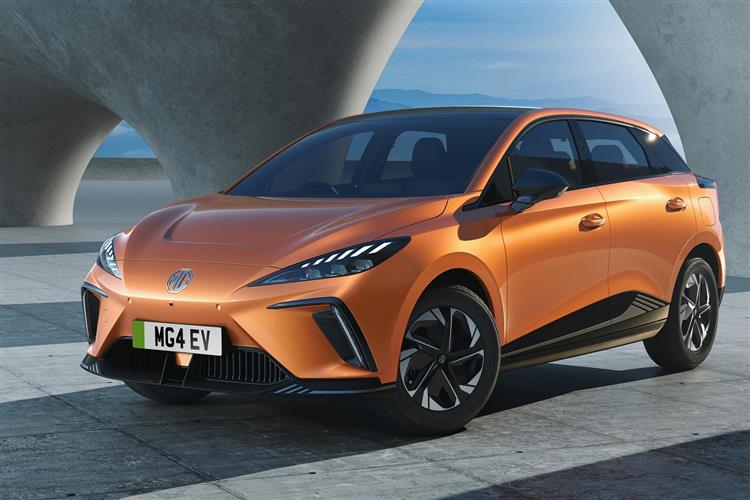As inflation has us running for the hills, we bring you our top ten tips on extending EV range!

1. Use regenerative braking
At the top of the list is regen. Most, if not all EVs have some form of regen. Some cars can gain back as much as 40% of their battery capacity from braking. Twisty, country roads where more prolonged periods of braking can help. But so can city driving with stop-start journeys help top up the battery. This means that sometimes the most direct route (like a motorway) could be better for an EV. Some cars (like Audi’s E-Tron GT) Sat-Nav system realise this and can help provide more economical solutions, and now Google Maps can offer an environmentally frugal journey depending on your fuel type. Nice.
To understand all the latest EV jargon, tap this link.
2. Reduce drag by using aerodynamic accessories.
Your new EV has been made to be as aerodynamically efficient as possible! Look at any Tesla or Mercedes-Benz EQS, and you can see how aerodynamics has influenced their design. It stands to reason that you don’t want anything that could upset the drag coefficient (how slippery your car is moving through the air). Any roof bars or boxes need to assist as much as possible, or all that super smooth design is for nothing. Furthermore, be sure and take them back off when not in use!

3. Drive at a steady speed and avoid aggressive acceleration or deceleration
Zero to Sixty in 0.5 seconds. Great for showing off, but it may not help your range! EVs go very well; some say too well! Keeping your driving smooth and controlled with so much instant torque can be challenging. Still, over a long journey, it can really help your range. Gradual acceleration and more extended braking periods (or regeneration if your EV has one pedal driving or regen paddles) assist the car with maximising your range.
To learn more about electric car leasing, tap here.
4. Ensure your tyres are correctly inflated to the recommended pressure level
Tyres play a vital role in extending your EV range. Having them inflated correctly and checking the pressures regularly will ensure you get the best range from them. Most new EVs will ship with EV-specific tyres. It’s not a legal requirement at the moment. Still, since EVs have gained traction (#sorrynotsorry) in the marketplace, tyre manufacturers have made more specific tyres for EVs. Just as well, as they are pretty different from fossil-fueled vehicles.
For a start, they can produce maximum torque from a standstill, meaning grip is vital. They are often heavier as they need to house all the batteries, so the tyres need to be more durable. Rolling resistance plays a big part in extending your range, so the manufacturer needs to have that in mind. Lastly, EVs are much quieter than their fossil fuel counterparts, so quieter tyres are a must.

5. Avoid extreme temperatures, as they can reduce battery performance
It’s relatively well known now that lithium-ion batteries like the same temperatures as humans do! They tend to perform best around 21c and lose range below 18c and lose a bit more under 10c. This goes the other way when the mercury rises. This doesn’t mean that you don’t use your EV, it just means thinking about it. Often you can ‘pre-condition’ your cabin before setting off and still connected to the charger. Some cars will heat the cabin inside and pre-heat the battery for optimum performance in low temperatures. Consider an EV with a heat pump if you live in a colder climate. This is a more economical way for the car to heat the interior whilst reducing drain on the car’s energy system. Lastly, some vehicles will let you warm or cool only the areas with passengers, like Jaguars I-Pace.
6. Minimise weight in the car by removing any unnecessary items such as roof racks, bike carriers etc
Again, this is true for any vehicle, but when considering your EVs range, this is especially true. Some EVs come with two charging cables, one for type charging and a three-pin-plug set-up. Do you need to carry both around with you? A detachable towbar can be handy for your bike carrier, but it can be heavy – leave it in the garage when you don’t need it. EVs often come with frunks and trunks; don’t fill them with junks! Shopping bags, a first aid kit, an ice scraper, a warning triangle, snacks and some warm clothing items (perhaps fluorescent) should be enough for most people in emergencies.
7. Ensure that you always have enough charge for your journey before setting off
Like an Internal Combustion Engine (ICE) vehicle, ensure you have enough fuel/charge to get to where you want to go, even if that’s just to a charging station. Zapmap can be great for this. But what if you get stuck in traffic? Will you see all the EV owners pull over onto the hard shoulder as their batteries die!? Which? carried out this test as an experiment with a Volkswagen ID.4. They set both heated seats to the max, plugged in a tablet, streamed some music through Spotify, whacked the air con on and switched on the headlights. Then left it for an hour and fifteen minutes. It drained the battery by 2% or about 8 miles of range. We think this is pretty reasonable.
Discover our top 10 longest range EVs today.

9. Use free public charging whenever available
You’ll want to consider cheap charging and maximising your possible range to maximise your EV savings. Not as common as it once was, but it can exist. As more businesses try to attract EV-owning individuals to their premises, there can be free or cheaper public charging. Drive-through restaurants and coffee chains, and supermarkets are clambering over themselves to get you in and fully charged! Planning can go a long way when out and about if you want to save money.
10. Only charge up to 80%
To preserve your battery and range as your EV gets on, the best advice is to charge to 80%. This is, of course, when you don’t need a full charge. Most manufacturers agree that charging the car’s battery fully will deplete the effectiveness of the battery over time. So unless you need the full 100%, best to go around 80% or less. Although EVs have far fewer moving parts than ICE vehicles, it pays to keep them well-serviced too. Your dealer will check the battery health with their diagnostic software, ensuring it stays in optimum health.
So, there we have our top ten tips for getting the most range from your EV. Browse through our electric car leasing deals and start your EV journey today.
